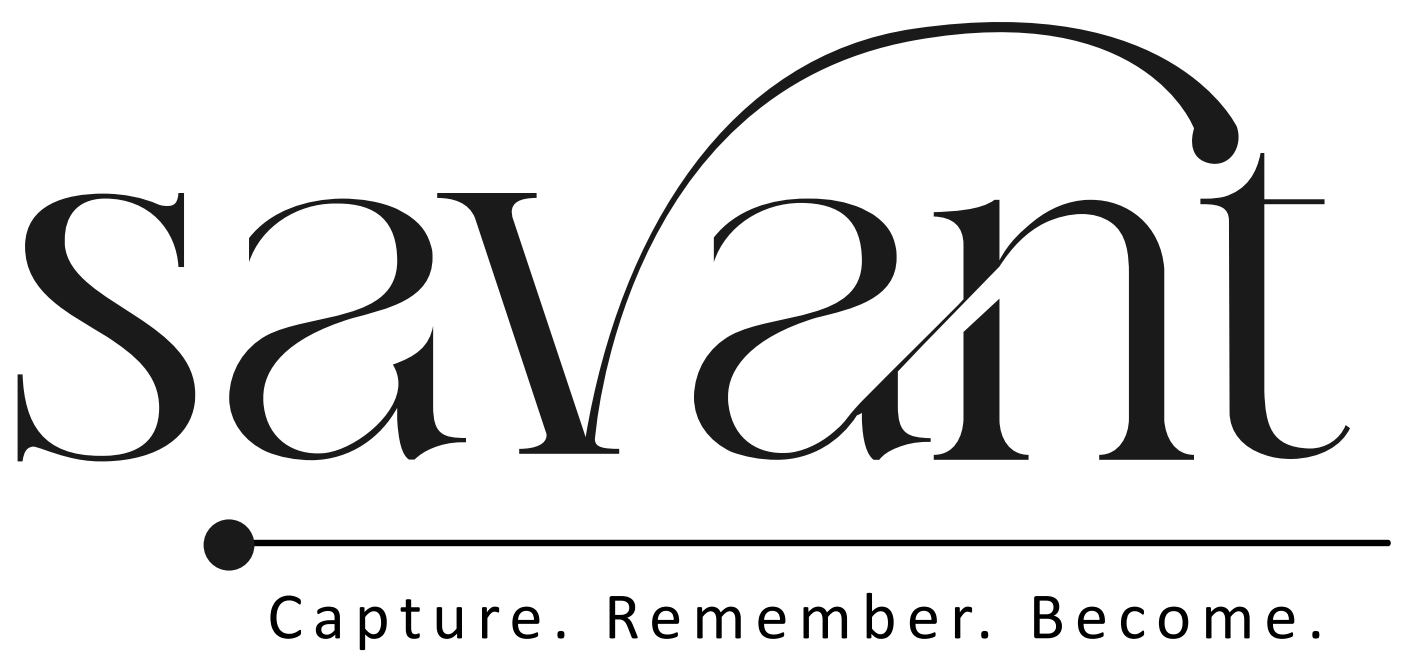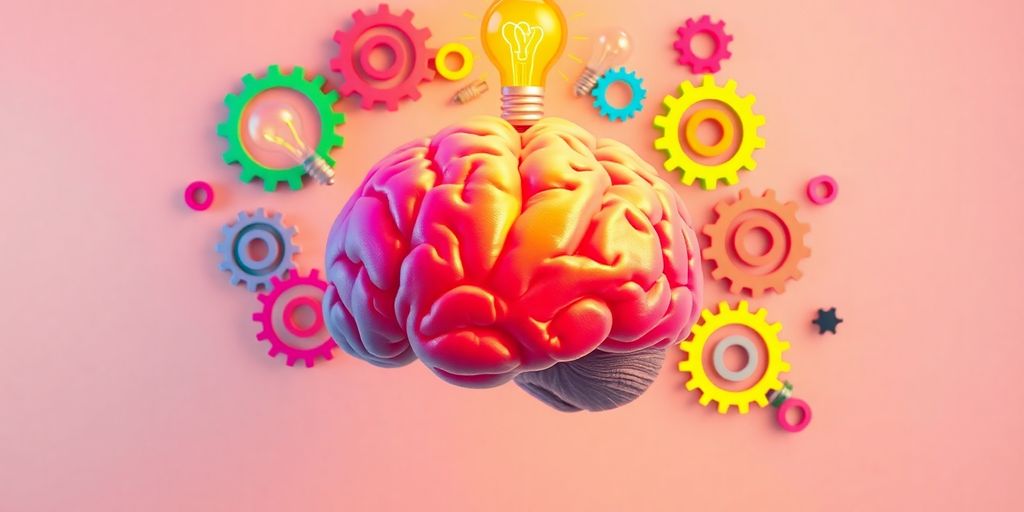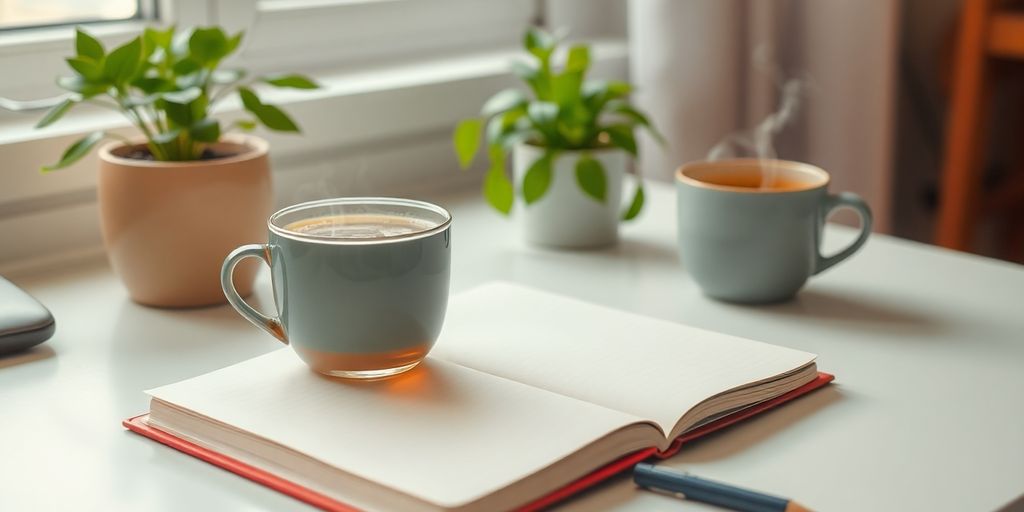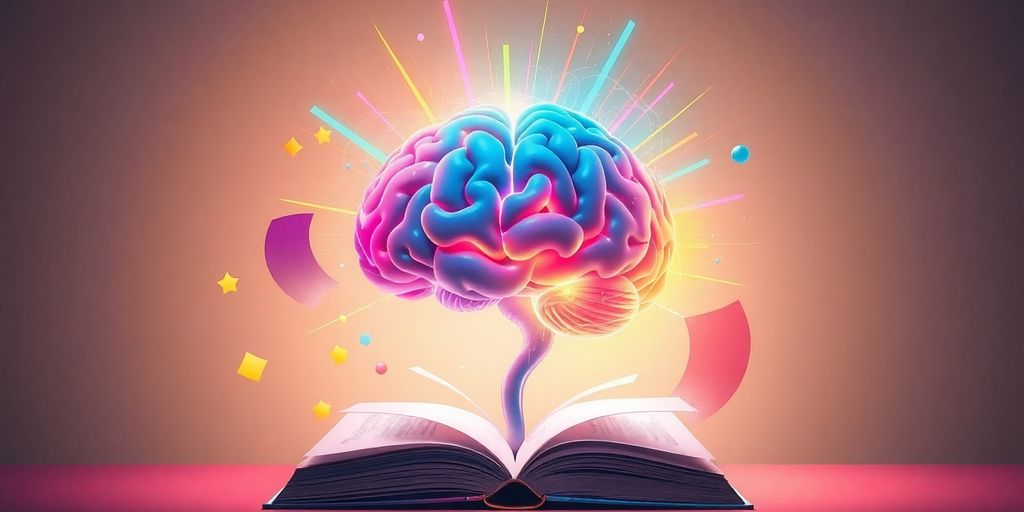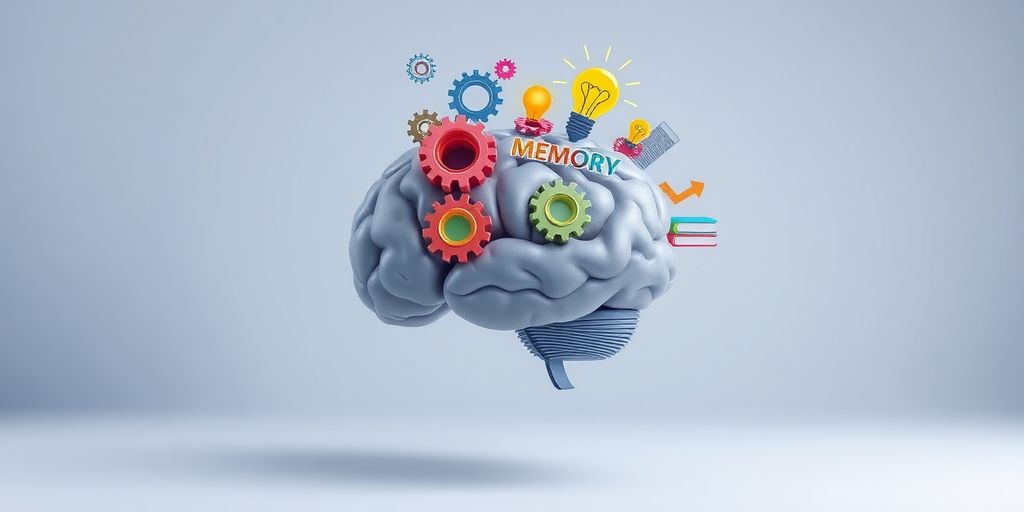Unlocking the secrets of effective studying can change your academic journey. One powerful technique is the Memory Palace, a method that helps you remember information by visualizing it in familiar places. This article explores how to create and use a Memory Palace to make studying not only easier but also more enjoyable.
Key Takeaways
- A Memory Palace helps you remember information by associating it with specific locations you know well.
- Using vivid images and sensory details makes the information stick better in your memory.
- Regularly revisiting your Memory Palace can greatly improve how much you remember.
- This technique works for various subjects, from languages to science and history.
- Avoid common mistakes like overloading your Memory Palace or not being consistent in your practice.
The Magic of Memory Palaces: Transforming Study Sessions

Why Memory Palaces Work
Memory palaces are a fun and effective way to remember information. They turn studying into a creative adventure! By associating facts with familiar places, you can easily recall what you’ve learned. Here’s why they work:
- Visual Memory: Our brains are wired to remember images better than words.
- Spatial Awareness: We naturally remember locations, making it easier to retrieve information.
- Engagement: Creating a memory palace is an active process that keeps you involved.
The Science Behind Memory Palaces
The memory palace technique is based on how our brains process information. Studies show that using visual and spatial cues can significantly improve memory retention. Here’s a quick look at the science:
| Aspect | Description |
|---|---|
| Visual Cues | Images stick better than text. |
| Spatial Memory | Familiar locations help anchor information. |
| Active Recall | Walking through your palace reinforces memory. |
Real-Life Success Stories
Many students have transformed their study habits using memory palaces. Here are a few inspiring examples:
- Language Learner: A student used a memory palace to remember vocabulary, leading to a significant boost in fluency.
- History Buff: By placing historical events in a familiar setting, a student aced their history exam.
- STEM Student: A future engineer organized complex formulas in a memory palace, making them easier to recall during tests.
Memory palaces not only make studying enjoyable but also help you remember information longer. They can truly change your learning experience!
Building Your First Memory Palace: A Step-by-Step Guide
Creating your very own Memory Palace can be a fun and rewarding experience! Here’s how to get started:
Choosing Your Palace Location
- Pick a place you know well. This could be your home, a friend’s house, or even your school. The more familiar you are with it, the easier it will be to visualize.
- Think about the layout. Imagine how you would walk through this space. This will help you create a clear path in your mind.
- Avoid complex locations at first. Stick to simple places to keep things manageable.
Creating Vivid Mental Images
- Use your imagination! Picture colorful objects or funny characters in your Memory Palace.
- Make the images as silly or outrageous as possible. The more unique, the better they will stick in your mind.
- Try to engage all your senses. What do these images smell like? What sounds do they make?
Placing Information Strategically
- Identify specific spots in your palace. Each location can hold a piece of information. For example, your couch could remind you of a key term.
- Keep the journey simple. Don’t overload your palace with too much information at once.
- Number the spots if it helps you remember the order. This can make recalling information easier later on.
Remember, the goal is to make learning enjoyable! The more you practice, the better you’ll get at using your Memory Palace.
Maximizing Retention with Memory Palaces
Spaced Repetition and Memory Palaces
To really boost your memory, try using spaced repetition with your memory palaces. This means reviewing information at increasing intervals. Here’s how it works:
- First Review: Right after learning.
- Second Review: One day later.
- Third Review: One week later.
This method helps keep information fresh in your mind and makes it easier to recall later.
Active Recall Techniques
Active recall is all about testing yourself. Instead of just reading your notes, try to remember the information without looking. Here are some fun ways to do this:
- Flashcards: Write questions on one side and answers on the other.
- Quizzes: Create mini-quizzes for yourself.
- Teach Someone Else: Explaining what you learned to a friend can really help solidify your knowledge.
Remember: The more you practice recalling information, the better you’ll remember it!
Integrating Multi-Sensory Learning
Using different senses can make learning more effective. Here’s how to do it:
- Visuals: Use images or diagrams in your memory palace.
- Sounds: Incorporate music or sounds related to the information.
- Movement: Walk around your memory palace while recalling information.
By mixing senses, you create stronger connections in your brain, making it easier to remember things later.
Memory Palaces for Different Subjects
Memory palaces can be a game-changer for studying various subjects. By using this technique, you can make learning more fun and effective. Here’s how you can apply memory palaces to different areas of study:
Using Memory Palaces for Language Learning
- Visualize vocabulary: Imagine placing new words in specific rooms of your house. For example, picture a kitchen filled with food items labeled in the new language.
- Create stories: Build a narrative around the words you learn. This makes them easier to remember.
- Practice speaking: Use your memory palace to rehearse conversations by walking through it and speaking aloud.
Mastering STEM Subjects
- Break down complex formulas: Assign each part of a formula to a different location in your palace. This helps you visualize and recall them better.
- Use diagrams: Imagine placing diagrams in your palace. For instance, visualize a lab where you conduct experiments related to the subject.
- Connect concepts: Create links between different topics by placing them in nearby rooms, making it easier to see how they relate.
Remembering Historical Dates and Events
- Assign dates to locations: Use significant places in your life to remember important dates. For example, your school could represent a major event in history.
- Create vivid images: Picture events happening in your palace. For instance, imagine a battle scene in your backyard to remember a historical conflict.
- Tell a story: Weave a narrative that connects the events and dates, making them more memorable.
Memory palaces are not just for memorizing; they can turn studying into an exciting adventure! By visualizing and connecting information, you can unlock your full learning potential.
Common Mistakes and How to Avoid Them
Overloading Your Memory Palace
Creating a memory palace is exciting, but stuffing it with too much information can lead to confusion. Instead of cramming everything in, focus on a few key ideas at a time. This way, you can build a clearer mental image and make it easier to recall later.
Lack of Consistency
Many beginners start strong but then lose motivation. To avoid this, set a regular schedule for using your memory palace. Even short daily sessions can make a big difference. Remember, practice makes perfect!
Ignoring Personal Learning Styles
Everyone learns differently. Some people might benefit from visual cues, while others prefer auditory or kinesthetic methods. Pay attention to what works best for you and adapt your memory palace accordingly.
| Mistake | Solution |
|---|---|
| Overloading your palace | Focus on fewer ideas at a time |
| Inconsistent practice | Set a regular study schedule |
| Not considering your style | Tailor techniques to your preferences |
Starting your memory palace journey can feel overwhelming, but taking it step by step will lead to success. Just remember to enjoy the process!
Remembering the Method of Loci
One common mistake is thinking you can only use your memory palace for one subject. In reality, you can apply the method of loci to different academic subjects. For example, the best way I’ve found to review my own palaces is by doing math problems that use the formulas or rules and then solving them while reviewing the palace. This approach not only reinforces your memory but also makes studying more engaging!
Advanced Techniques for Memory Palace Masters
Creating a Network of Memory Palaces
Building a network of Memory Palaces can be a game-changer for your learning. Here’s how to do it:
- Start with one solid Memory Palace. This will be your base.
- Add more Palaces as you get comfortable. Each new Palace can represent a different subject or topic.
- Connect them through a story or a journey. This makes it easier to recall information across different Palaces.
Using Emotional and Sensory Triggers
Emotions can boost memory! Here’s how to use them:
- Attach feelings to the images you create in your Memory Palace.
- Use scents or sounds that remind you of the information.
- Think about how you felt when you learned the material; this can help you remember it better.
Adapting Memory Palaces for Professional Use
Memory Palaces aren’t just for school! Here’s how to use them at work:
- Create a Palace for presentations. Place key points in different rooms.
- Use them for meetings. Remember important topics by associating them with specific locations.
- Organize tasks. Visualize your to-do list in a familiar place, making it easier to recall what needs to be done.
Remember, the more you practice, the better you’ll get! Using these advanced techniques can help you unlock even more potential in your learning journey.
Incorporating Memory Palaces into Your Daily Routine
Daily Practice Tips
To really make the most of your memory palace, practice is key. Here are some tips to help you incorporate it into your daily life:
- Set a specific time each day to practice, even if it’s just 10 minutes.
- Keep a memory journal handy to jot down new ideas or images.
- Start small with one memory palace and gradually add more as you get comfortable.
Tracking Your Progress
Keeping track of your progress can be super motivating! Here’s how you can do it:
- Create a checklist of what you want to memorize.
- Use a calendar to mark days you practiced.
- Reflect weekly on what worked and what didn’t.
Adapting Techniques for Everyday Tasks
You can use memory palaces for more than just studying! Here are some everyday tasks where they can help:
- Remembering grocery lists by placing items in different rooms of your palace.
- Planning your day by visualizing tasks in specific locations.
- Learning new vocabulary by associating words with familiar places.
Using memory techniques in your daily life can boost your performance at work, in school, and in your personal life.
By making memory palaces a part of your routine, you’ll find that learning becomes not just easier, but also a lot more fun!
Wrapping It Up: Your Path to Learning Success
In conclusion, using a Memory Palace can really change how you study and remember things. By going over what you learn multiple times, you can keep it in your mind for longer and understand it better. Plus, it makes studying more fun! If you want to boost your learning, give the Memory Palace technique a try. And don’t forget to check out Savant, our awesome app that helps you study with cool flashcards and smart scheduling. With Savant, learning becomes easier and more exciting. So, why wait? Start your journey to better studying today!
Frequently Asked Questions
What is a Memory Palace and how does it work?
A Memory Palace is a technique where you visualize a familiar place in your mind to help remember information. You associate different pieces of information with specific locations in that place, making it easier to recall later.
Can anyone use a Memory Palace?
Yes! Anyone can use a Memory Palace, regardless of age or learning style. It’s a fun and creative way to improve memory.
What types of information can I store in a Memory Palace?
You can store all kinds of information, like vocabulary words, historical dates, formulas, or even grocery lists. The key is to create strong mental images.
How long does it take to master the Memory Palace technique?
The time it takes to master the Memory Palace technique varies for each person. With practice, most people can start using it effectively within a few weeks.
Are there any mistakes to avoid when using a Memory Palace?
Yes, common mistakes include overloading your Memory Palace with too much information, not being consistent in practice, and not tailoring the technique to your personal learning style.
How can I incorporate Memory Palaces into my daily routine?
You can practice creating and reviewing your Memory Palace daily. Set aside a few minutes to walk through it in your mind and reinforce the information you’ve stored.
